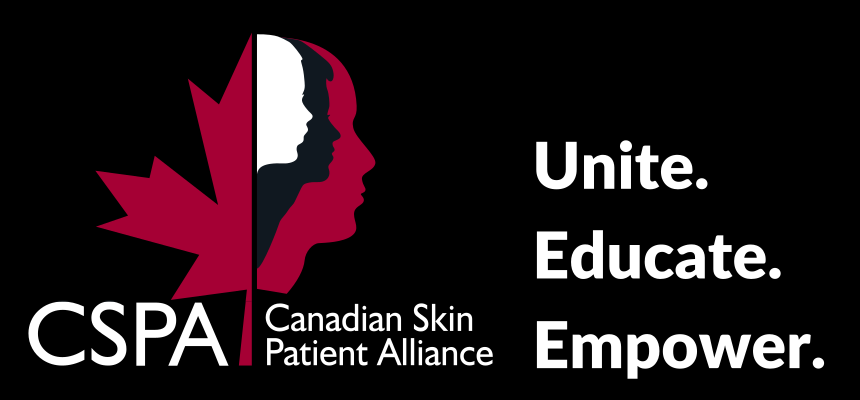Treatment for burns depends on the severity of the injury and ranges from immediate attention (first aid) and over-the-counter creams to prescriptions, emergency medical care and ongoing management.
First Aid
First- and Second-degree Burns
Applying first aid to first- and second-degree burns is an important step to healing properly: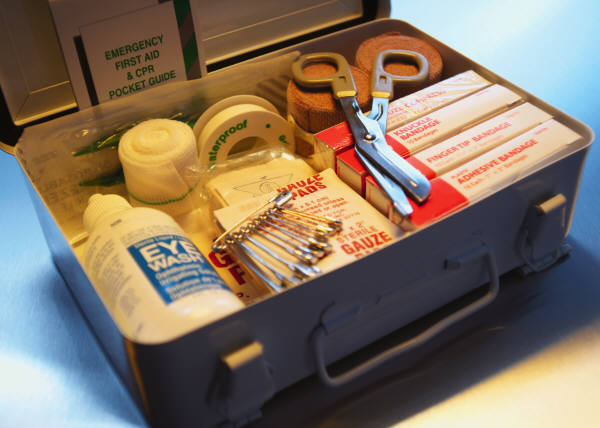
- Act quickly!
- If the victim is a child or an adult over 70, seek immediate medical assistance.
- First- and second-degree burns should be run under cool water for at least 15 minutes.
- NEVER apply ice or butter to burns or break any blisters because you risk further damaging the skin.
- Cover the affected area with a sterile bandage.
After applying first aid, less severe burns can usually be treated at home:
- For adults, use pain medication as needed. For children, use the pain medication recommended by hospital medical staff.
- Second-degree burns can be treated with prescription antibiotic creams or pills, as well as painkillers.
Third- and Fourth-degree Burns
Knowing what to do when someone suffers a serious burn can save his or her life. Below are the first-aid procedures for third- and fourth-degree burns:
- Call 911 and perform CPR if there are no signs of breathing and a pulse.
- Elevate the burns above the heart, if possible, and cover them with a cool, moist, sterile bandage or a clean, moist cloth or towel.
- NEVER remove burned clothing or immerse severe burns in cold water.
Once first-aid treatment has been applied and the person with the burn has been assessed by a physician, longer-term burn treatment can begin. Specialized treatment for severe burn cases may include:
- Placement of a breathing tube if the person’s airways or lungs have been damaged by hot air or flames
- Administration of fluids through an intravenous tube
- Immunization with tetanus vaccine and use of antibiotics to prevent infection
- Covering the burned area with antibiotic ointments and bandages
- Debridement, or removal of dead tissue
- Skin grafting, a procedure done in an operating room that involves transferring a patch of non-burned skin to the burned area
- Physical and occupational therapy to keep burn areas flexible and to manage scarring
- Made-to-fit elasticized pressure garments to minimize the amount of scarring following a burn injury by decreasing hypertrophic (excessive) scar growth; they generally need to be worn for one to two years following the injury.
The goals of burn treatments include relieving pain or itching, preventing infection and minimizing permanent scarring. Many burn treatments are available without a prescription.
Topical Treatments (Creams, Gels, Ointments)
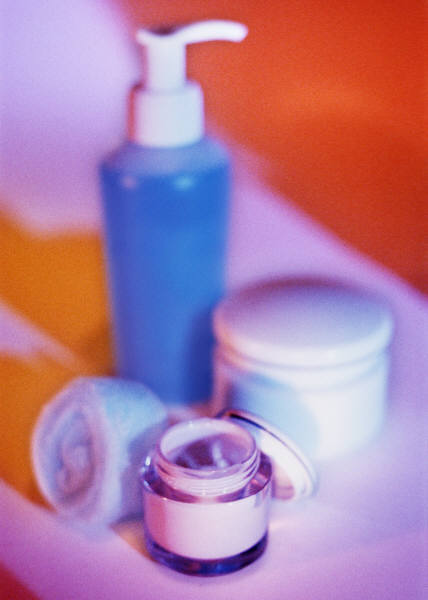 Bacitracin is an antibiotic cream or ointment applied to the skin to help treat and prevent infection and aid in the healing of burns. A small amount is applied to the (clean) affected area, 1-3 times daily, for up to a week. Do not use bacitracin if you are sensitive or allergic to this type of antibiotic.
Bacitracin is an antibiotic cream or ointment applied to the skin to help treat and prevent infection and aid in the healing of burns. A small amount is applied to the (clean) affected area, 1-3 times daily, for up to a week. Do not use bacitracin if you are sensitive or allergic to this type of antibiotic.
Silver sulfadiazine is a prescription antibacterial cream used for treating burns, especially for treating and preventing infection of serious burns. Each day, after cleaning the wound, apply a 3-5 mm-thick layer of cream. The cream should not be used during the late stages of pregnancy or in premature or newborn infants. The cream may affect scabbing and/or the appearance of the burn wounds. Common side effects include burning, rash or itching where the cream is applied. Leukopenia (low white blood cell count) is also common; careful monitoring of the blood is required.
Systemic Treatments
Analgesics (e.g., acetaminophen/paracetamol) offer temporary relief of mild to moderate pain. Acetaminophen 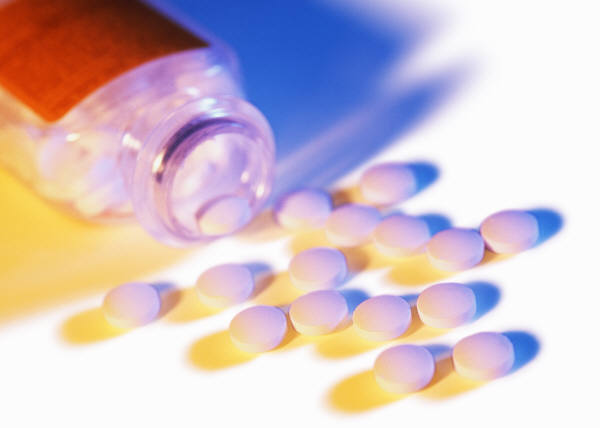 and ibuprofen are available without a prescription. The pills or capsules are taken orally as needed, with doses separated by 4-6 hours. Some people may experience nausea, heartburn, dizziness and rash as side effects. An overdose of acetaminophen can cause serious liver damage.
and ibuprofen are available without a prescription. The pills or capsules are taken orally as needed, with doses separated by 4-6 hours. Some people may experience nausea, heartburn, dizziness and rash as side effects. An overdose of acetaminophen can cause serious liver damage.
Diphenhydramine is an antihistamine available in pill form without a prescription that can be used to treat severe itching. This medication should be taken orally, as directed (usually every 4-6 hours). A side effect is drowsiness.
New medications and treatments are regularly being tested for burns. To learn about the latest in burn care, visit our clinical trials page [link to CSPA clinical trials page].
Ongoing Management
If you are recovering from a burn, see a doctor when you need help controlling the pain or are unsure of how to care for your burn.
A person who is burned is often left with a scar after the skin is done healing. If a person has had a skin graft to heal the burn, that site may also scar. Depending on how bad the burn was, the scar may be hardly noticeable or very noticeable.
{jkefel title=[Looking Deeper]}
Scar tissue is made of collagen, the tough material manufactured by fibroblasts (the fibre-making cells that rebuild all injuries). In smaller cuts, we cannot see the small amount of collagen fibre that forms beneath the surface of skin. However, the large amount of fibre that is needed to close a large wound creates a visible scar. Because scar tissue is made of fibres, not regular skin cells, it is stronger than ordinary skin and may look shiny, with a colour different from the non-injured skin (usually pink or red). As well as being a different colour, some burn scars are itchy and may appear lumpy or raised.
Burn scars can take from up to two years to “mature” or finish changing. The colour of a mature scar is usually close to the skin’s original colour; the scar does not itch and is no longer painful. Skin that is mature is softer and moves more easily than before. With the proper therapy, the burned skin can heal with the least amount of scarring possible.
During healing and in cases where the burn area crosses a joint, physical therapy is necessary to keep or regain movement that may have been lost due to the tightening of the healing skin. Burn patients may need to wear splints to keep their joints in a stretched position to prevent them from tightening.
{/jkefelend}
Footnote:
*All information on medical treatments on this site is provided as an overview only. For a complete and up-to-date list of side effects, warnings and precautions, read the product’s package insert and consult your doctor or a pharmacist.
**If you are considering an alternative or complementary therapy, discuss it with your doctor first, and always be sure to keep your doctor up to date about any vitamins, supplements, or other forms of alternative treatment you are taking. Like any medication, alternative therapies can interact with other medications/treatments and, in some cases, have side effects of their own. Remember that “natural” does not mean “safe.”
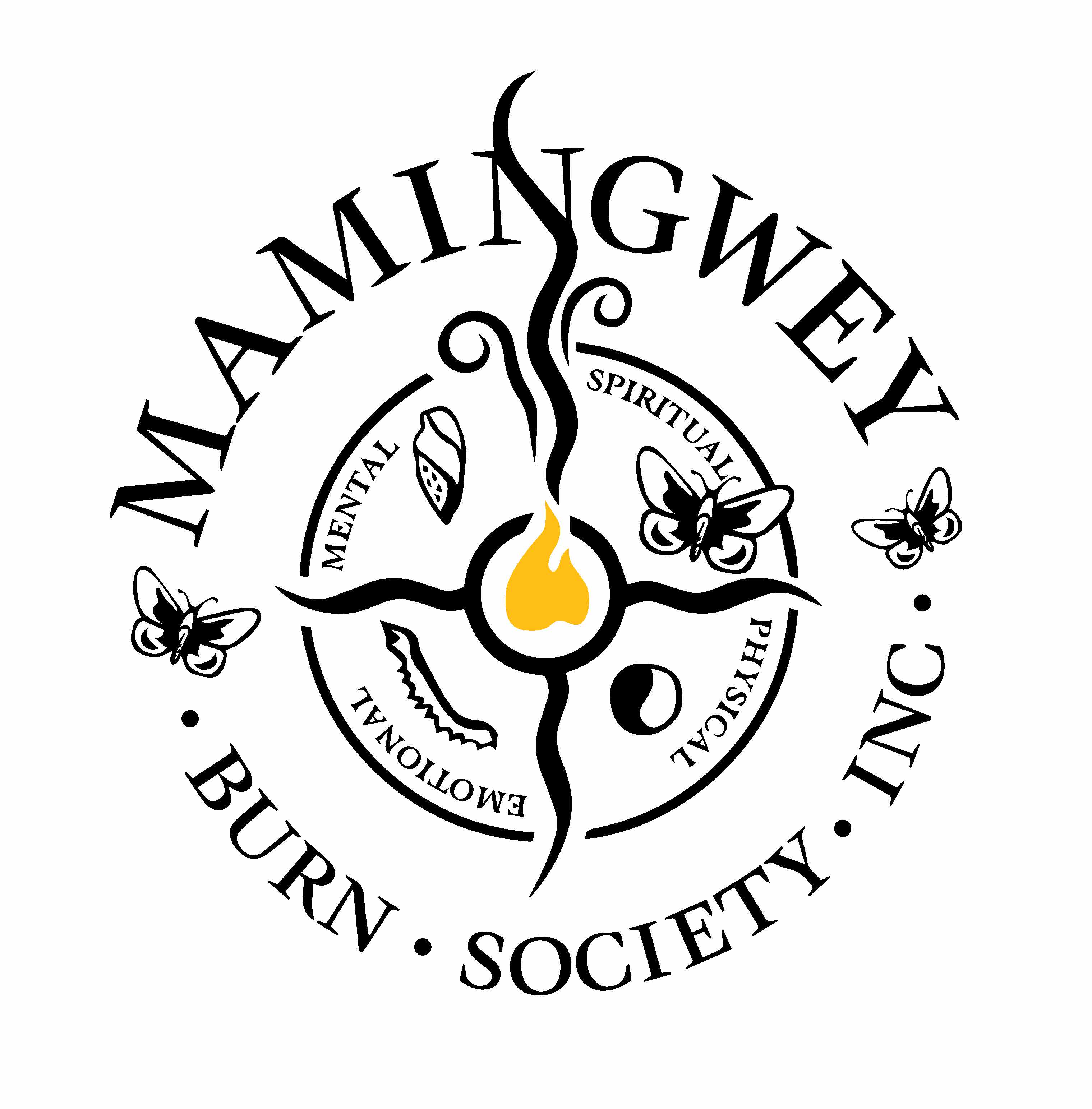


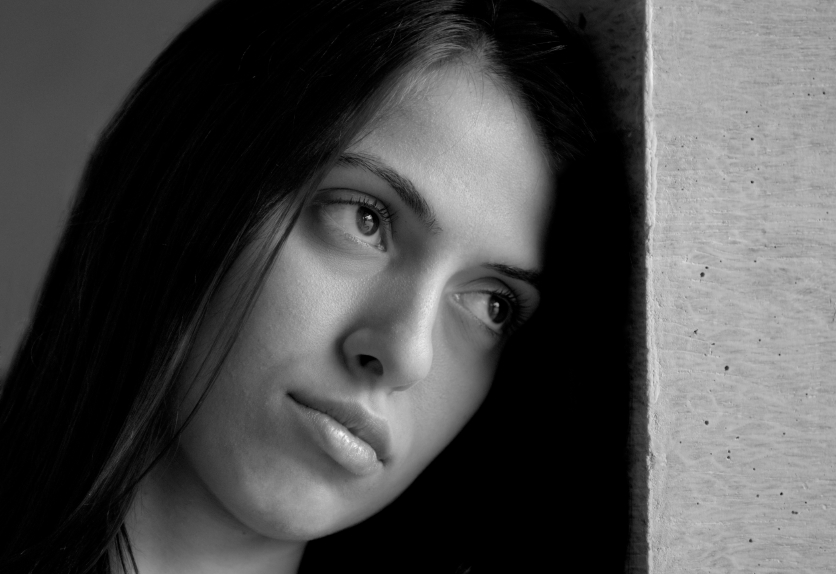

 Bacitracin is an antibiotic cream or ointment applied to the skin to help treat and prevent infection and aid in the healing of burns. A small amount is applied to the (clean) affected area, 1-3 times daily, for up to a week. Do not use bacitracin if you are sensitive or allergic to this type of antibiotic.
Bacitracin is an antibiotic cream or ointment applied to the skin to help treat and prevent infection and aid in the healing of burns. A small amount is applied to the (clean) affected area, 1-3 times daily, for up to a week. Do not use bacitracin if you are sensitive or allergic to this type of antibiotic. and ibuprofen are available without a prescription. The pills or capsules are taken orally as needed, with doses separated by 4-6 hours. Some people may experience nausea, heartburn, dizziness and rash as side effects. An overdose of acetaminophen can cause serious liver damage.
and ibuprofen are available without a prescription. The pills or capsules are taken orally as needed, with doses separated by 4-6 hours. Some people may experience nausea, heartburn, dizziness and rash as side effects. An overdose of acetaminophen can cause serious liver damage. 









